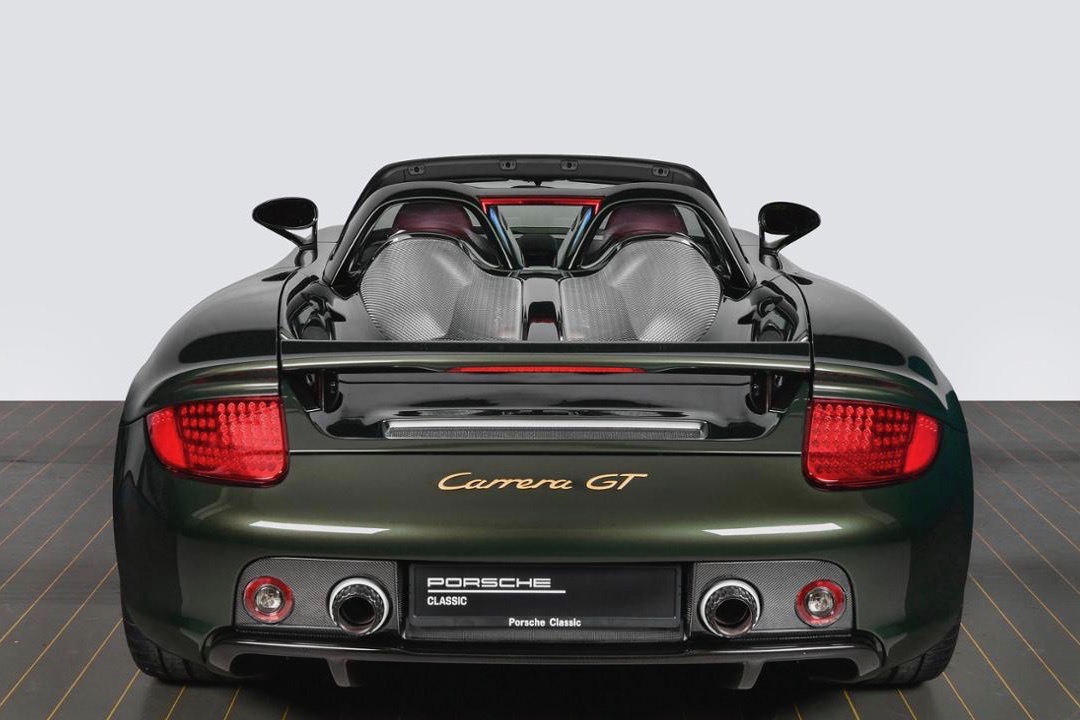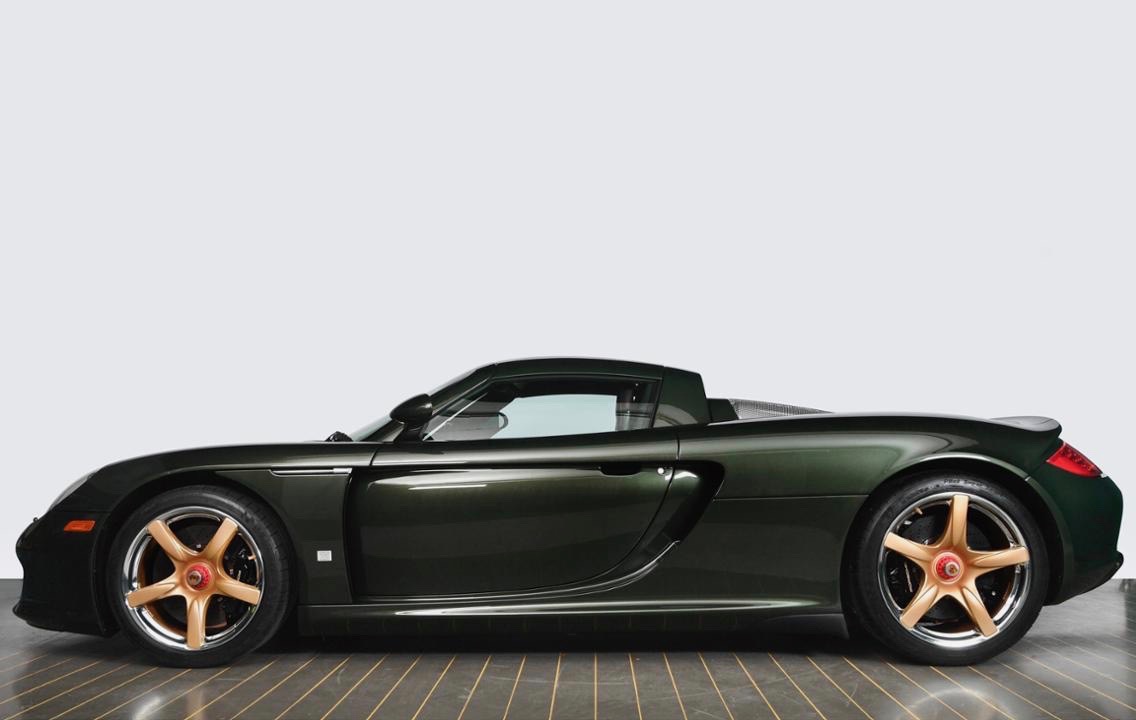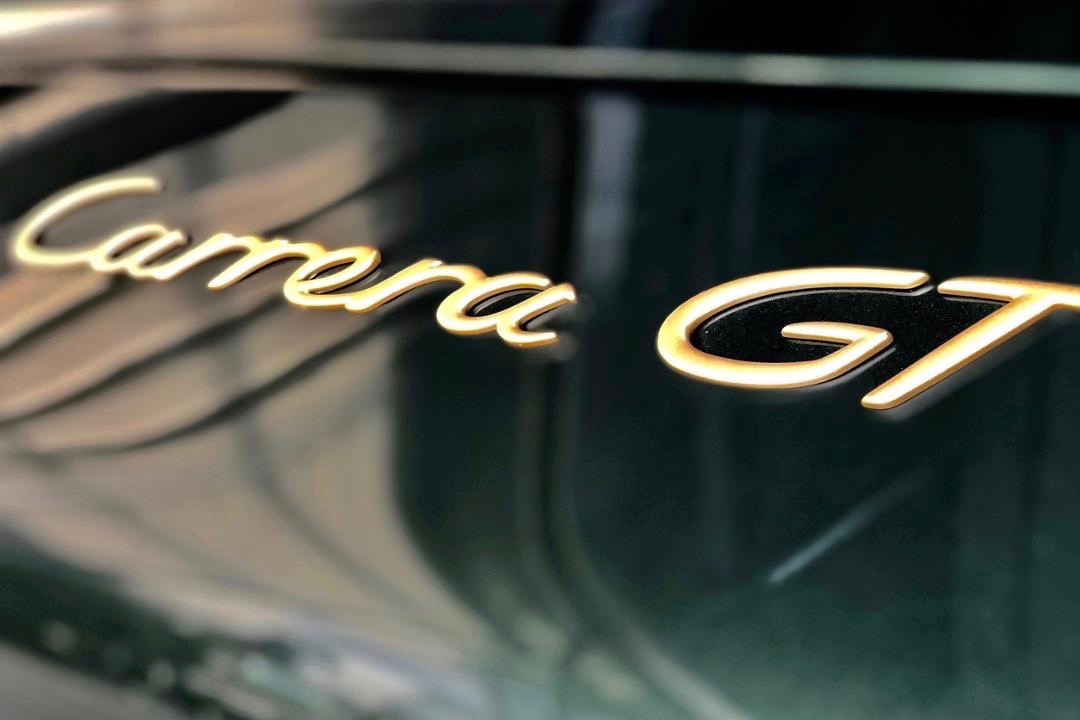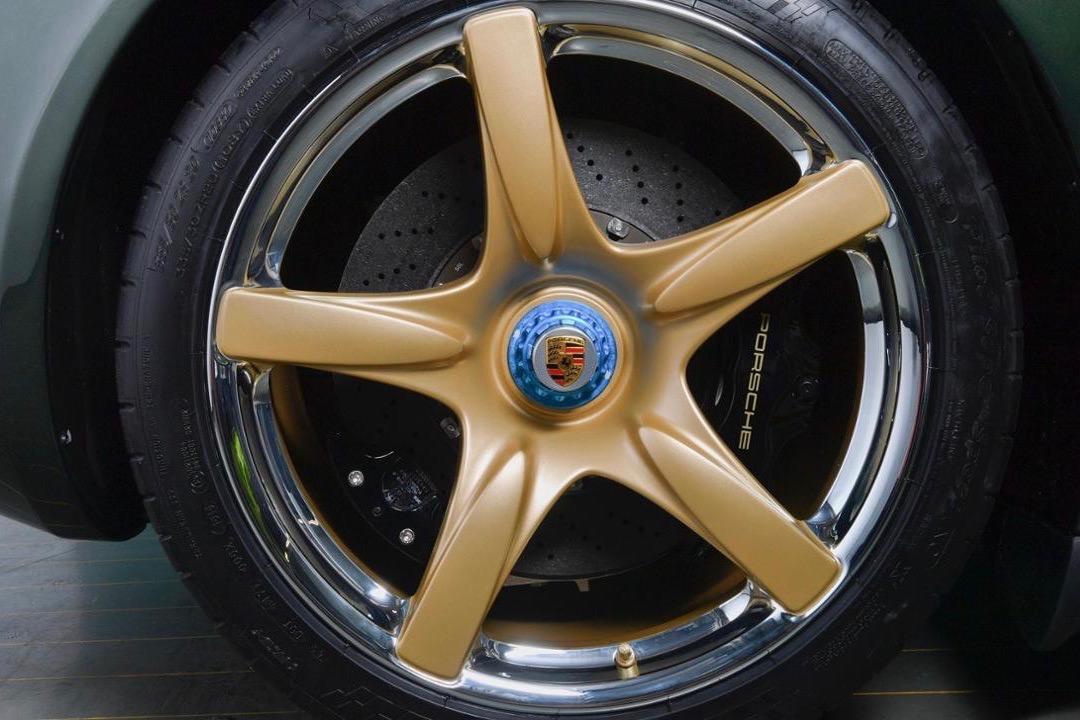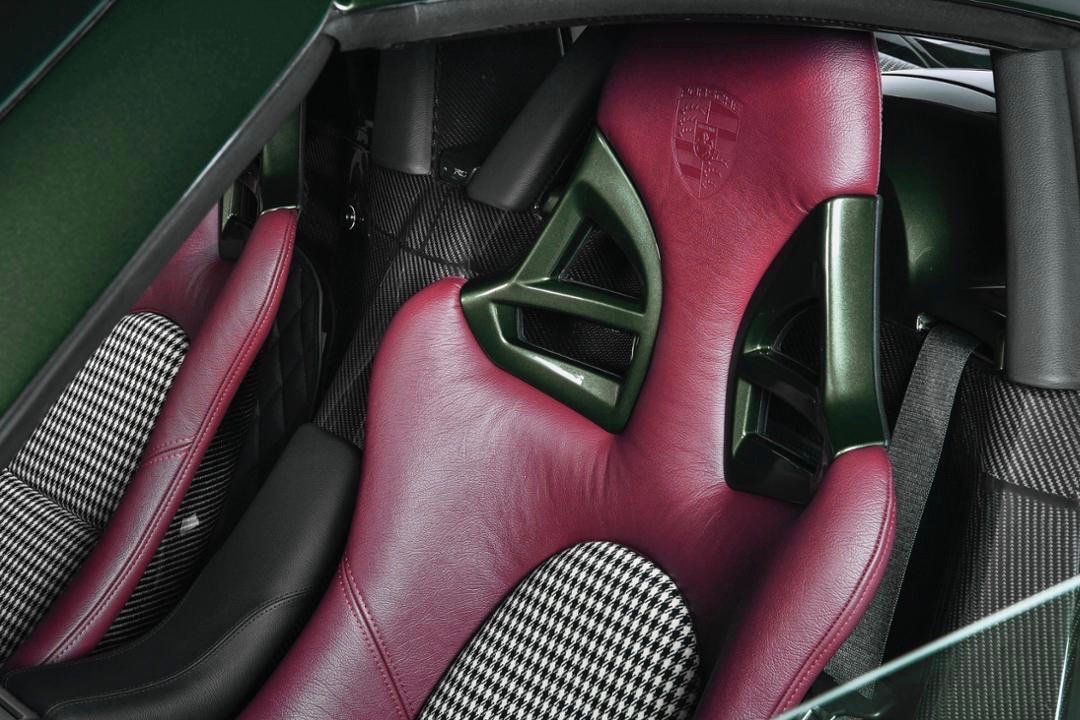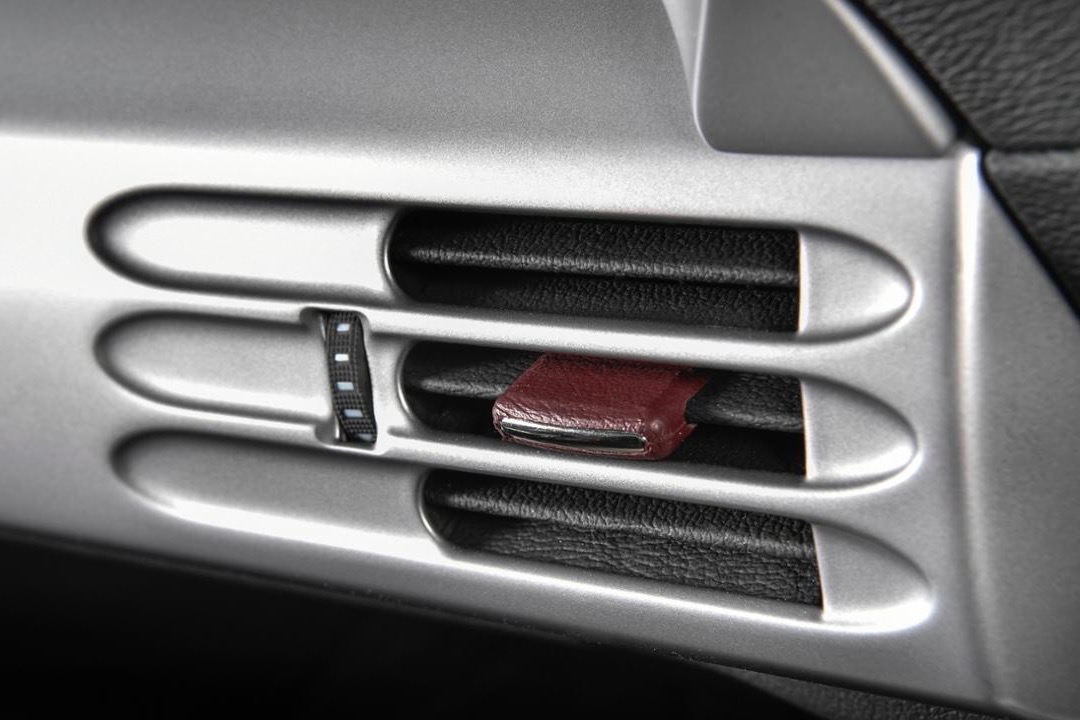The Porsche Carrera GT was the German automaker’s turn of the century supercar, forming a bridge between the 1980s 959 and the later 918 Spyder. At just over 15 years old, the Carrera GT is no longer new, but it’s not at the age that would normally demand a full restoration. Yet that’s exactly what Porsche did for one customer.
That customer wanted a complete overhaul of the car, according to Porsche. So Porsche Classic, which has done its share of stunning restorations, completely disassembled the Carrera GT and went over every piece with a fine-tooth comb. Technicians spent 350 hours just on refinishing the carbon fiber parts, including the monocoque chassis itself, because the material can yellow and fade over time.
The Carrera GT is worthy of such obsessive attention. About 1,270 of these supercars were built, with a price tag of over $400,000 when new. A 5.7-liter V10 produces 604 horsepower and 435 pound-feet of torque, which is sent to the rear wheels through a six-speed manual transmission. Just as the 918 Spyder was a rival to the Ferrari LaFerrari, the Carrera GT went head to head with the LaFerrari’s predecessor, the Enzo.
What Porsche calls the “recommissioned” Carrera GT has some changes from stock, though. The customer chose Oak Green Metallic, a 1970s Porsche paint color that was never offered on the Carrera GT. The leather seats were re-covered in ox-blood red with houndstooth inserts, another deviation from stock.
Porsche was particularly proud of the five-spoked magnesium wheels. The design is identical to the stock versions, but the gold finish on the spokes is unique to this car. The owner also wanted a polished outer rim, but Porsche said its materials experts warned that extensive polishing would “structurally alter the material in such a way that it would potentially be dangerously weakened.”
So Porsche coated the rims in silver.
In a process which, Porsche claims, has never been used in “series vehicle construction” before, a thin layer of the precious metal was added to achieve the look the customer wanted. The silver was then coated with lacquer to prevent it from tarnishing. With that level of attention to detail, imagine what Porsche Classic will come up with when the automaker’s current cars start to age.

